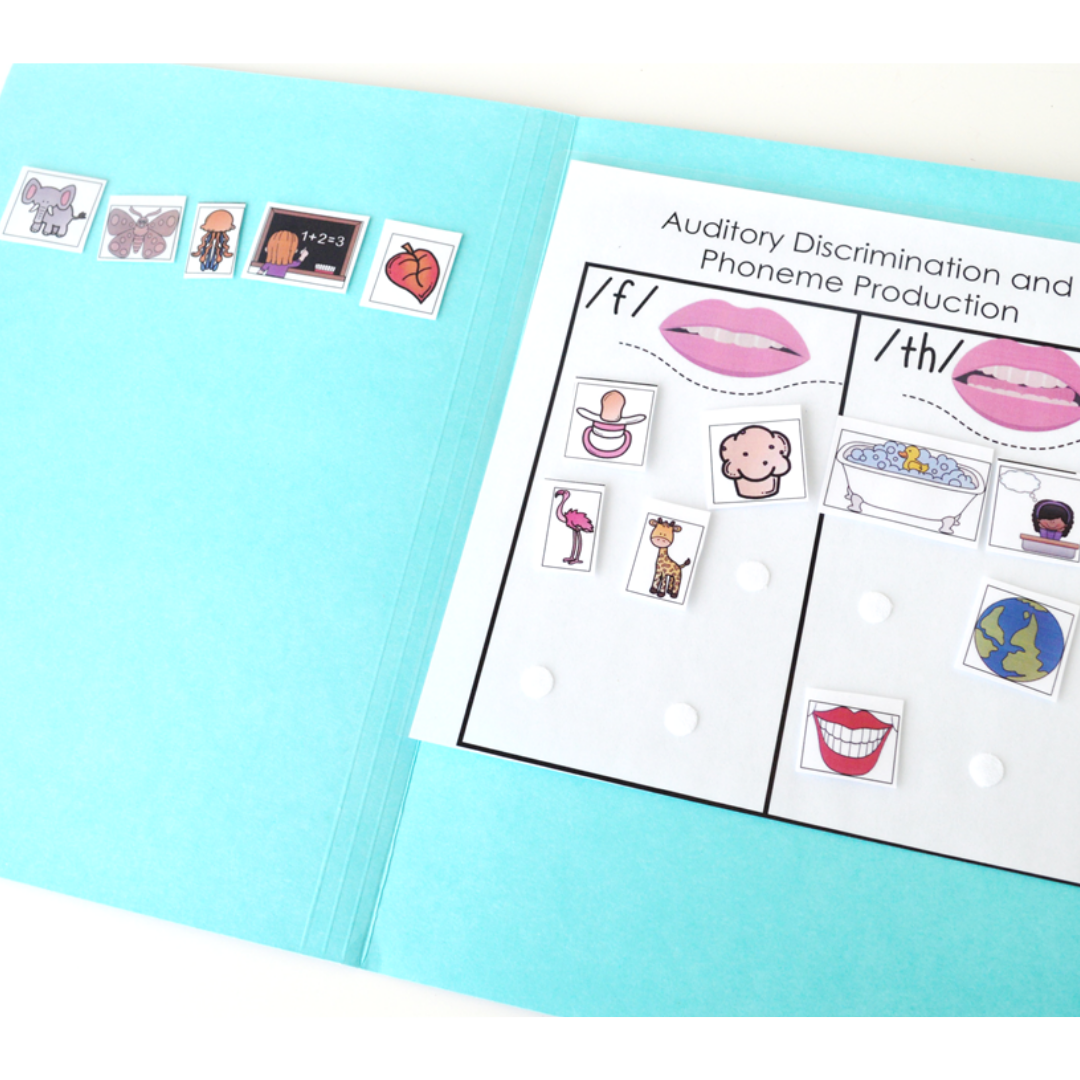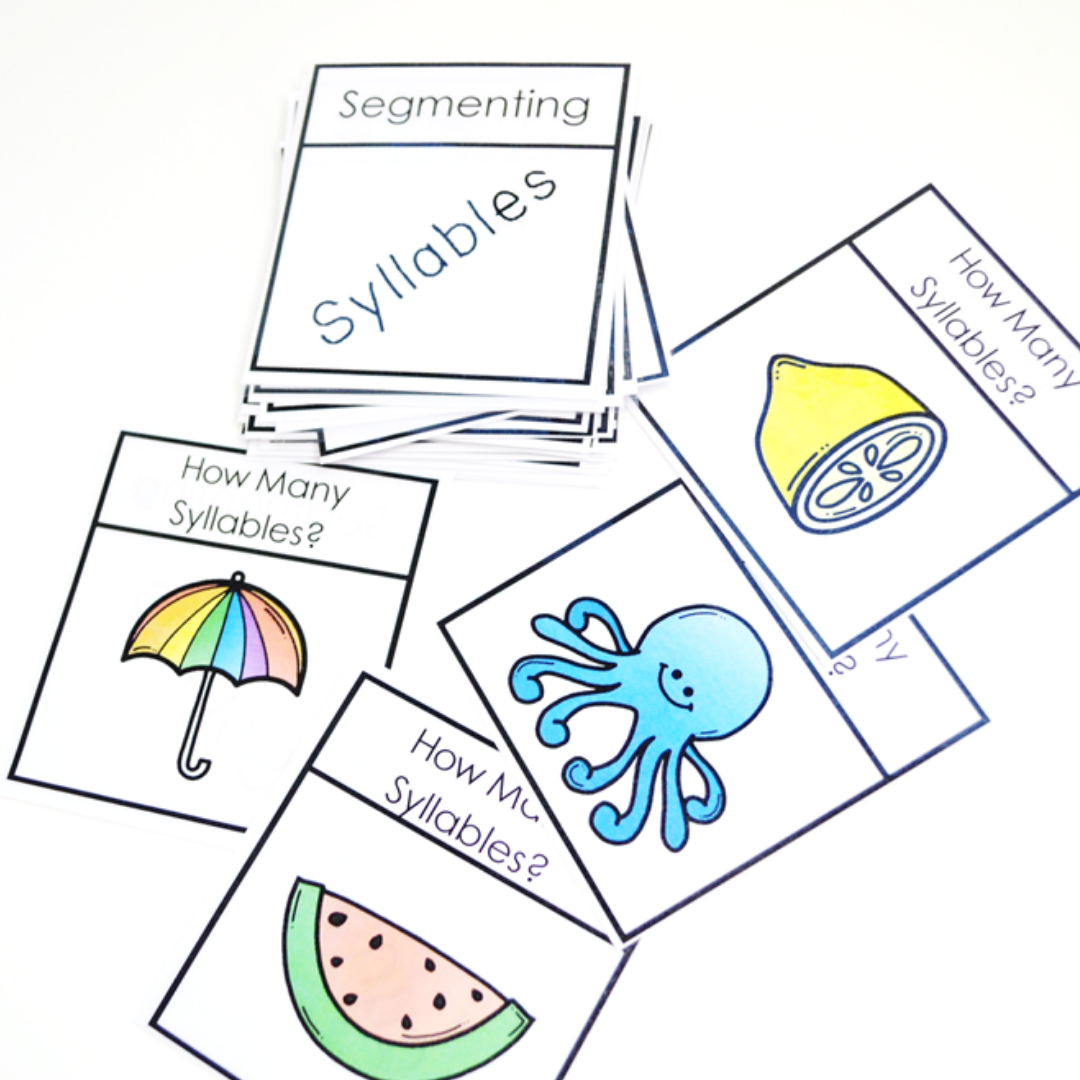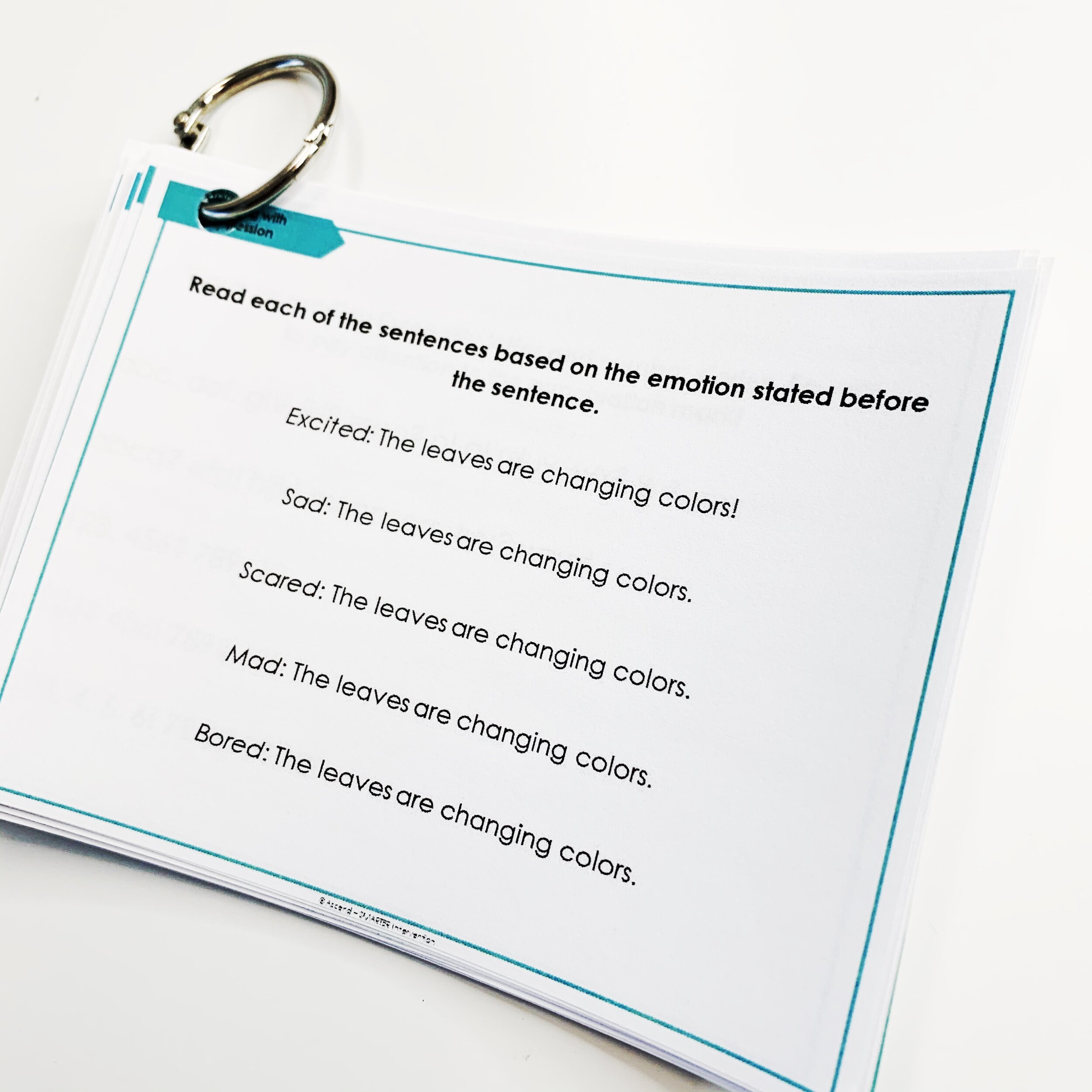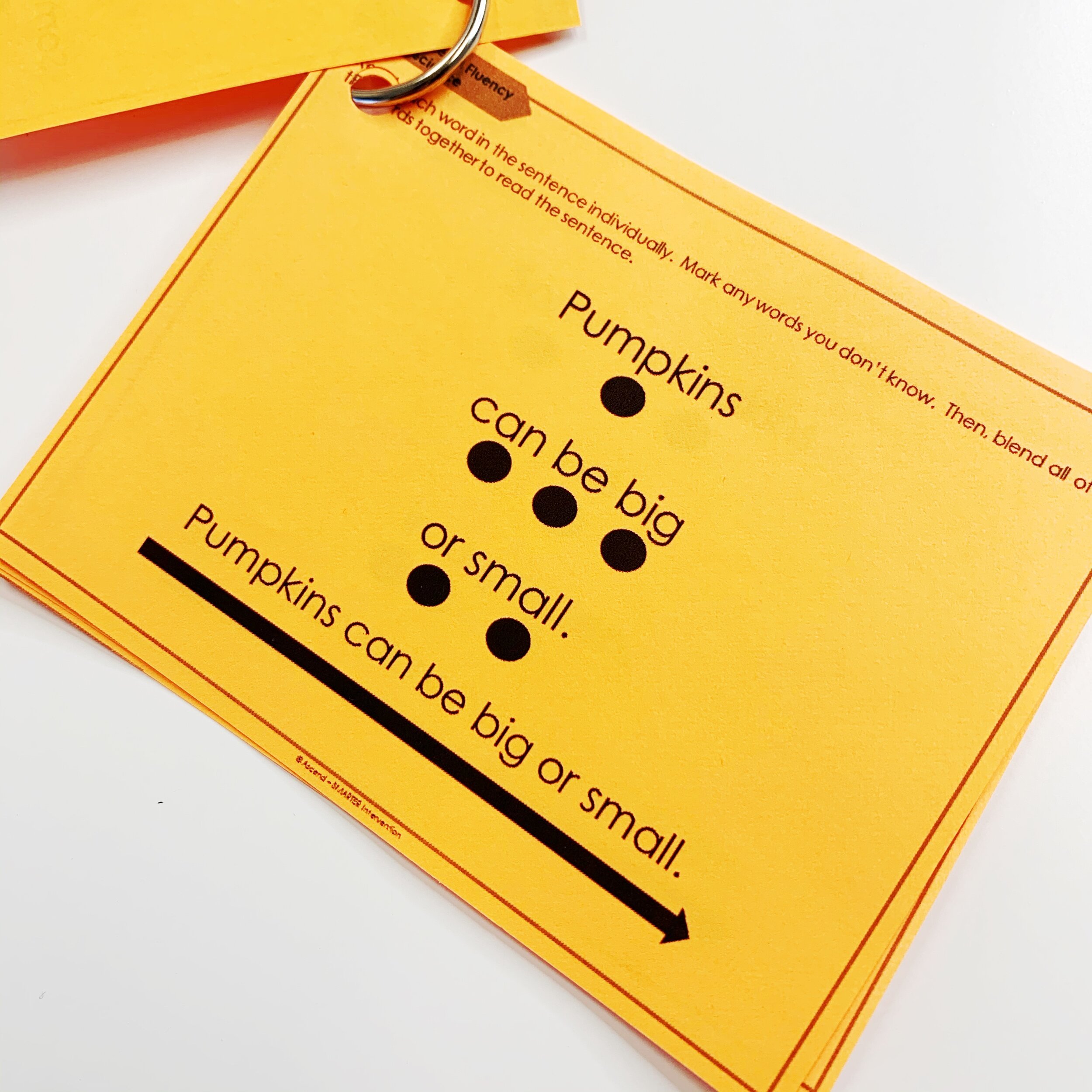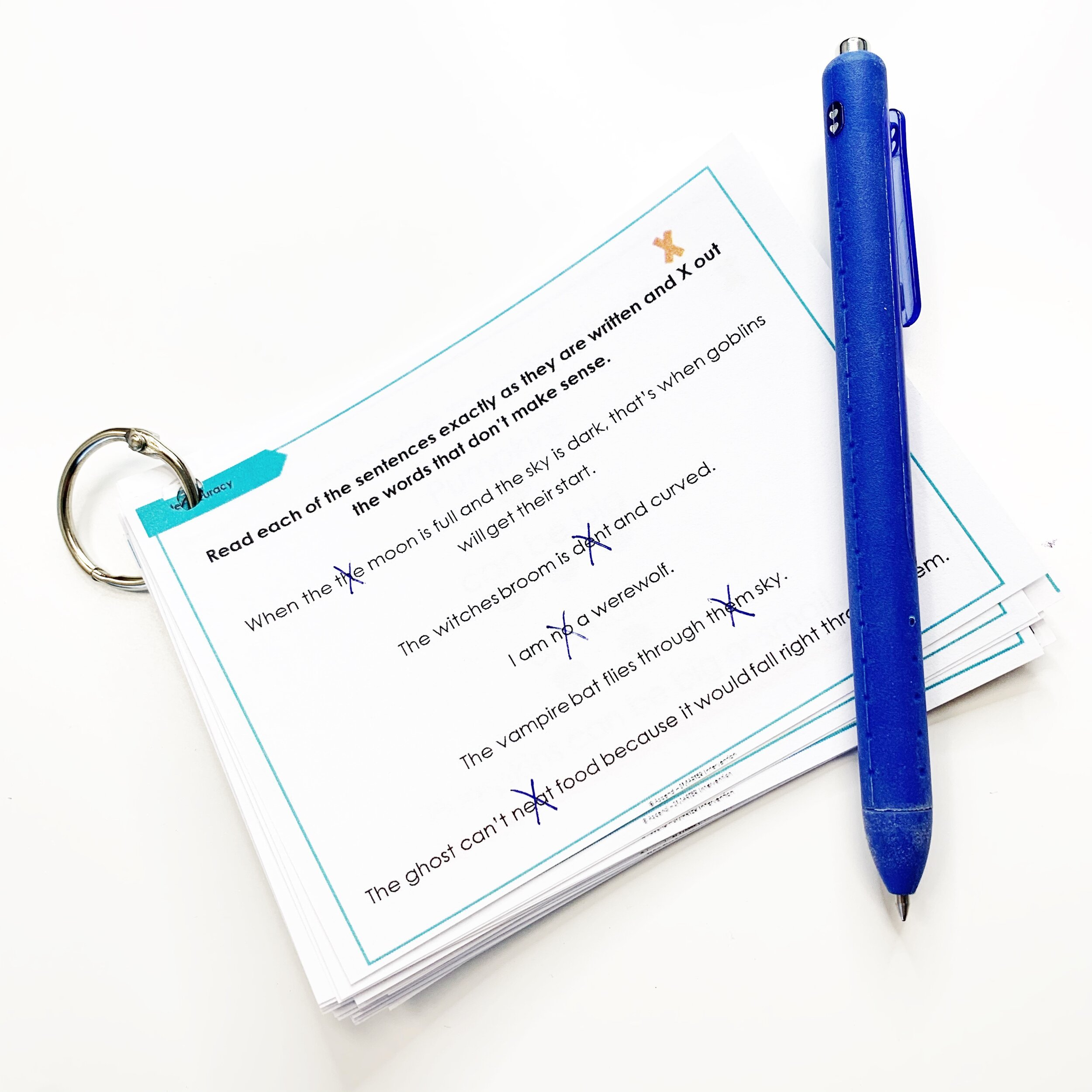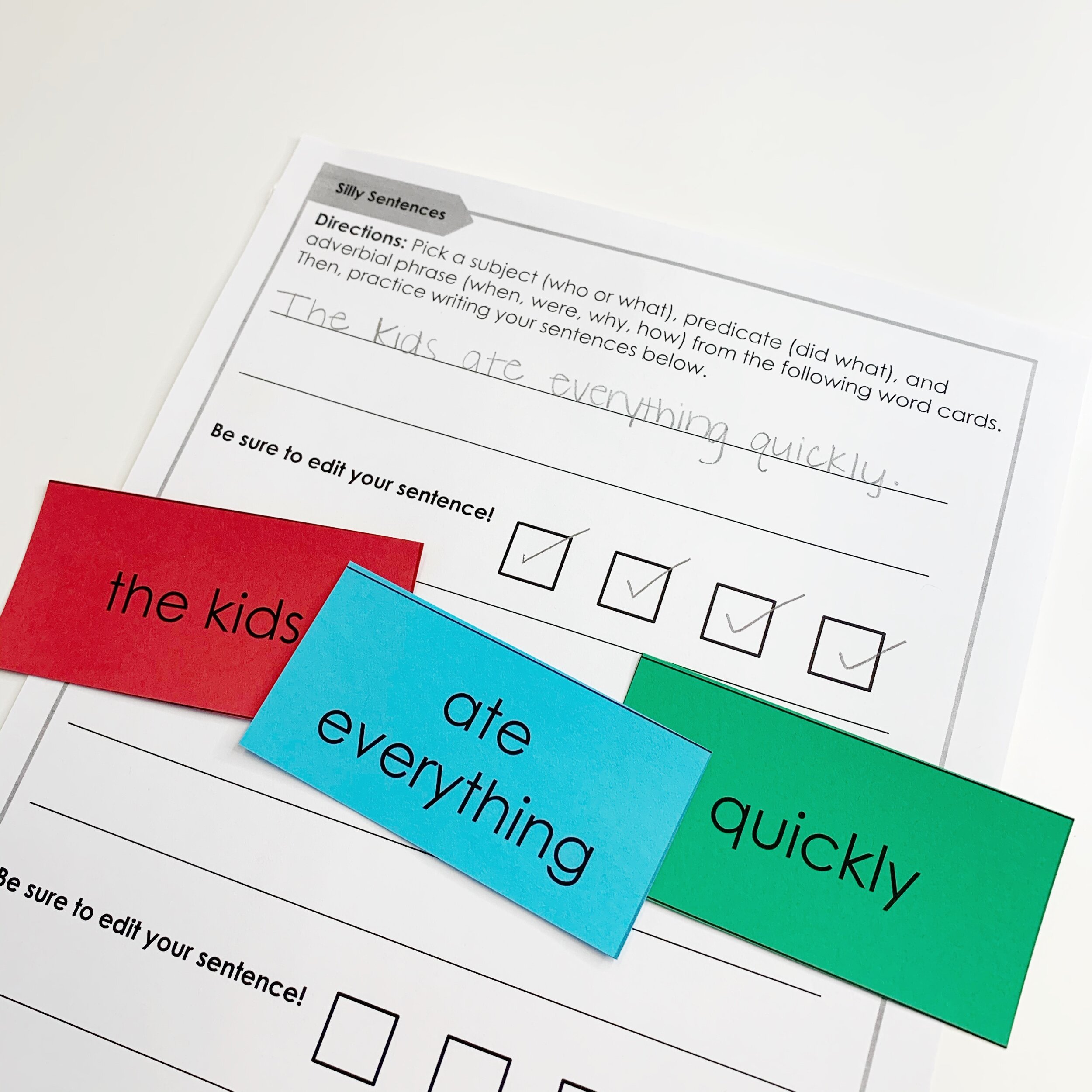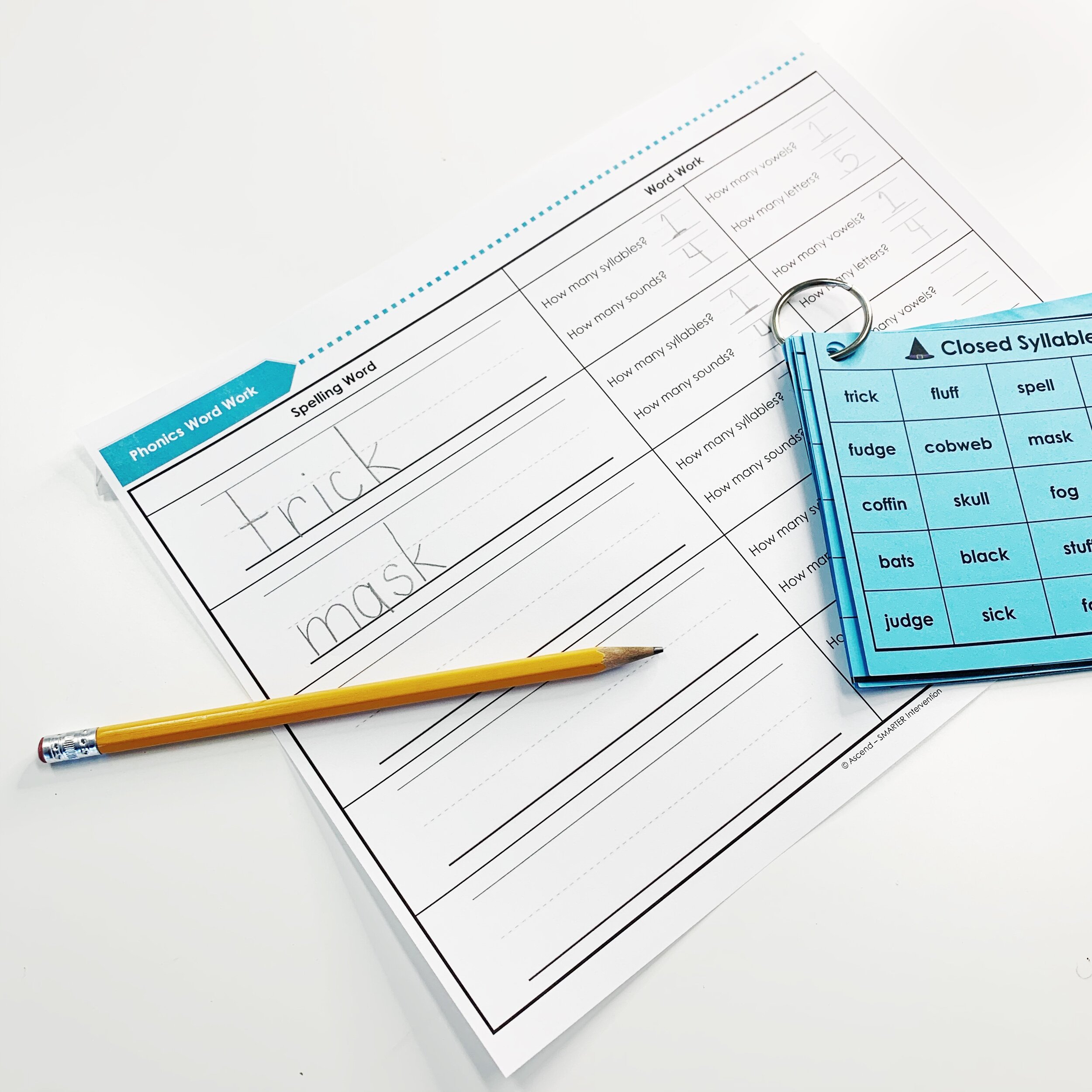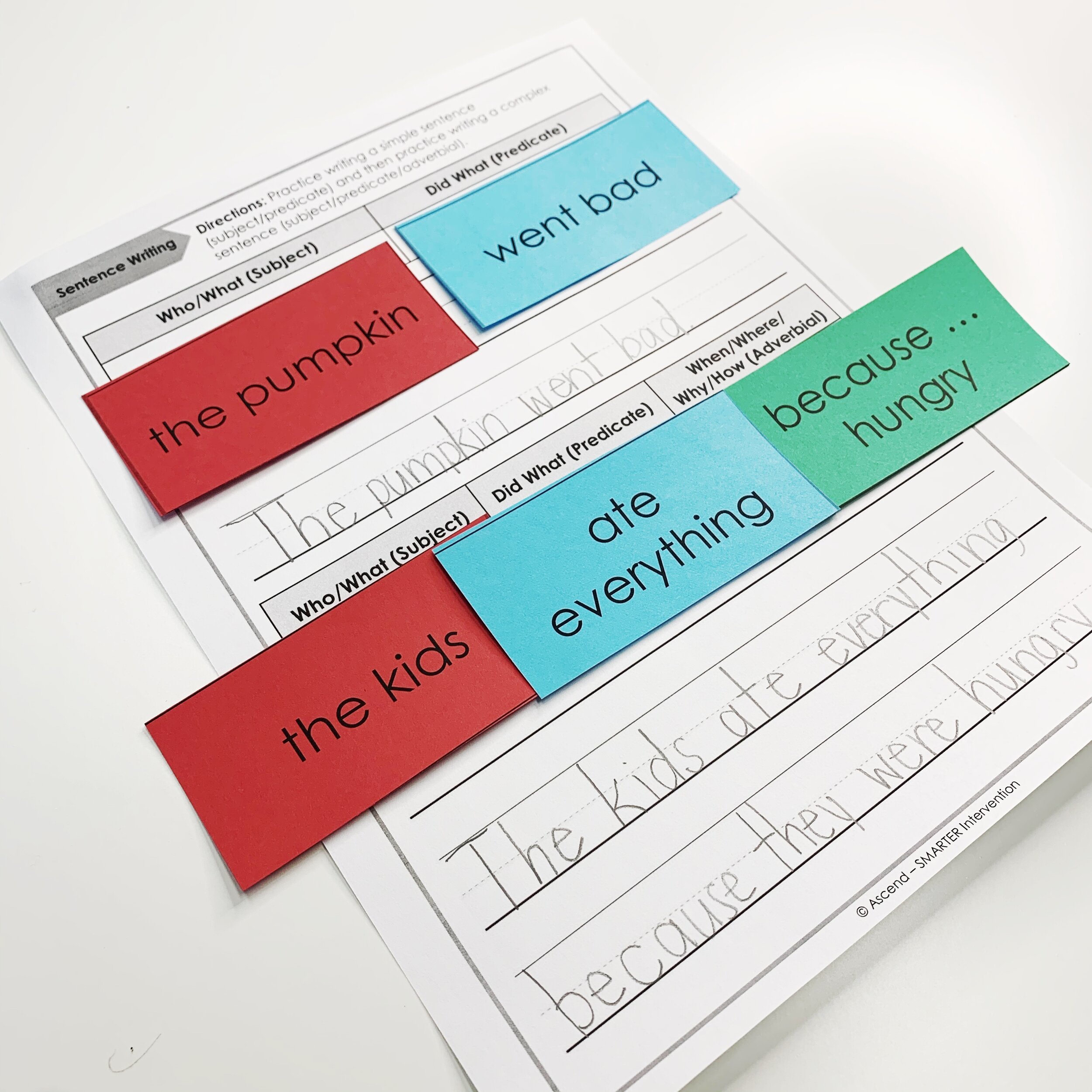The Magic in Literacy Intervention
Hi friends,
Today we want to talk about something really important to us. This is going to be a longer post than usual but so, so worth it so stick with us!
We know that if you are here, you want your students to get the absolute best results possible. If you’ve been with us for a while, you’ve heard us talk time and time again about literacy intervention, data-driven instruction, and the best practices to get students to grade level and feel confident in their reading and writing abilities.
Here’s the deal, structured and systematic literacy intervention will get your students 90% of the way there. The true magic lies in the last 10%.
This is the magic that happens when you can truly differentiate and individualize your lessons.
The magic that happens when you and your students have fun in your literacy intervention.
The magic that happens when you can help your students begin to generalize their learning.
This magic - this is data-driven instruction.
Solid literacy intervention can make crazy, massive, life-changing improvements to your students’ reading. That 90% of the journey will do amazing things for their lives as students and readers. The true magic is when you can really dive into areas that are just a little bit more challenging for them or areas they haven’t completely solidified during their intervention time so far.
So how do we do this…
In order to dive into that last 10%, we need to look at data and understand where our students have holes and gaps. Then, we pull specific activities to support those areas.
Let’s take a look at these two students.
Student A
When we look at the scores for student A, we see them struggling primarily with phonological awareness, phonics, and writing. This student appears to have compensated really well in regard to fluency, vocabulary, and comprehension. When we dive into structured literacy intervention, we want to support all 5 Core Components of Literacy for them (as we do all students), but we will need to dive deeper into PA, phonics, and writing. These areas may require additional support on top of what a standard curriculum can offer.
Student B
When we look at student B’s scores, we see that phonics and writing are impacted again (as we saw with student A), but this student is struggling with fluency, vocabulary, and comprehension much more significantly. In order for them to truly get back to grade level and make the best gains possible, we will need to target these areas more so than we did for student A.
With both of these students, we’d expect that they would respond well to structured literacy intervention and always recommend tying phonological awareness, phonics, vocabulary, fluency, comprehension, and writing instruction into every lesson. Students need explicit instruction in all of these areas (simultaneously - not stair-stepping from one skill to another). That being said, this will get you to the 90% mark we mentioned earlier. To really utilize your data, make data-driven decisions, and dive in to get through that last 10% you need to use their specific scores to pull in targeted activities specific to their needs.
What this looks like…
When students have a significant skill gap in an area, or when they have made progress in most areas but one skill area is lagging a bit behind, we will pull additional games, activities, home practice resources, etc. to target that area specifically.
Phonological Awareness
We know that students need strong phonological awareness skills to support both reading AND spelling. For general phonological awareness support, you can do a 10-part drill and target a variety of skills like rhyming, auditory discrimination, blending, segmenting, and more.
If you see that your student is struggling with one or two specific skills within the umbrella term of phonological awareness, you can also pull activities to supplement just that skill. For example, we see that student B is doing okay with phonological awareness overall, but missed 80% of the trials for phoneme blending. In this case, we would pull blending activities specifically to target that skill gap.
Phonics
Many literacy intervention programs will already target phonics but sometimes, students need extra support to help understand the phonogram rules, remember the letter sounds, or generalize/apply their knowledge. In your lessons/progress monitoring, take note to see if there is a specific phonogram or syllable type that students are consistently missing. If so, pull a game to review that pattern. If it’s less specific than a phonogram or two, consider review activities to target the skills students are struggling with.
Vocabulary
Vocabulary is more than just morphology, parts of speech, or definitions. Can students categorize words? Can they come up with synonyms and antonyms? Can they conceptualize words in context? How is their receptive and expressive vocabulary? These skills are imperative to reading comprehension, listening comprehension, and writing. When students need a little extra help with vocabulary, we like to practice each of these skills with them. Games are a great way to have students practice their skills. One of our favorite games is asking students to pick a word (you can do this from a group of pictures for your younger kiddos, a word list to also practice decoding, or from memory) and then, without telling you what their word is, have them give you a category, define the word, a synonym and an antonym/shade of meaning with the goal of you guessing what their word is. Then, you can pick a word and explain it to them with them trying to guess. This helps with engagement and can build their skills in the process!
Fluency
Depending on the skill level of your student, fluency could mean letter naming fluency, word reading, sentence level, or paragraph/passage level fluency. In all of these levels, fluency often gets misinterpreted as speed. We track words per minute without accounting for everything else that goes into fluency. Not only does this keep us from getting a full-picture view of our students’ fluency abilities, but if they think the most important thing is to read fast, this can also lead to them rushing through passages and sacrificing accuracy, leading to poor comprehension.
When we talk about fluency with students and families, we explain it as sounding natural, like in a spoken conversation. When we look at fluency, we are tracking words per minute, but we also look at correct words per minute. That accuracy is critical to know if students are reading at an appropriate pace AND reading correctly. We will also practice things like reading to the punctuation, character voices, and other skills that will make reading sound more like the spoken word.
Comprehension
This is a skill that we see SO many families ask about at the start of their child’s time with us. It used to be assumed that if a student’s decoding got better their comprehension would follow suit since they’d be able to read the words correctly. This is not the case. Comprehension skills, just like decoding skills, need to be explicitly taught. This can start with word-level comprehension for our younger students and continue up to answering different kinds of comprehension questions (main idea & details, inferencing, sequencing, direct recall, compare and contrast, etc.) as they relate to passages and stories for older students. We target these kinds of questions in every lesson with students. If we notice them needing some extra support (or that one of these questions appears more difficult for them than the others) we will pull additional comprehension activities to target answering comprehension questions.
Writing
Along with each of the skill sets mentioned above, we have to support students’ writing skills if we want them to truly reach their potential. We want to be targeting everything from spelling to sentence writing to paragraphs and essays/passages. For sentence-level writing, we love using “silly sentences” where students are asked to pick colored cards (or boxes if doing this digitally) to represent the who/what (subject), did what (predicate), when/where/why/how (adverbial). Then, we scaffold up from there, asking students to think of their own sentence pieces and combining them to write a sentence. We love using graphic organizers to support paragraph and essay writing and using editing strategies to make sure we are teaching students to effectively edit their work.
Woah, this is a lot. How can I effectively do all of this?!
We do this in two ways.
First, when we look at our data and see that students are struggling in one area more than others, we will add in a game or activity to our weekly sessions. This allows us to individualize the lesson for that student and target their specific needs.
Or, we may take a break from the regularly scheduled curriculum for a week or two and do a deep dive into the areas we are seeing skill gaps. This can help when students are feeling “stuck” or “bored” with regular lessons, or, after a progress monitoring period when we want to solidify certain skills before moving on.
THIS is what research supports when it says individualize for every student. You don’t need to create entirely new lessons for each of them, you need a few solid resources to add in and target a specific student’s specific struggles.
Where should I start?
We suggest you grab our free Data Tracking System. This tool will help make data tracking easy and help you keep your session data organized.



